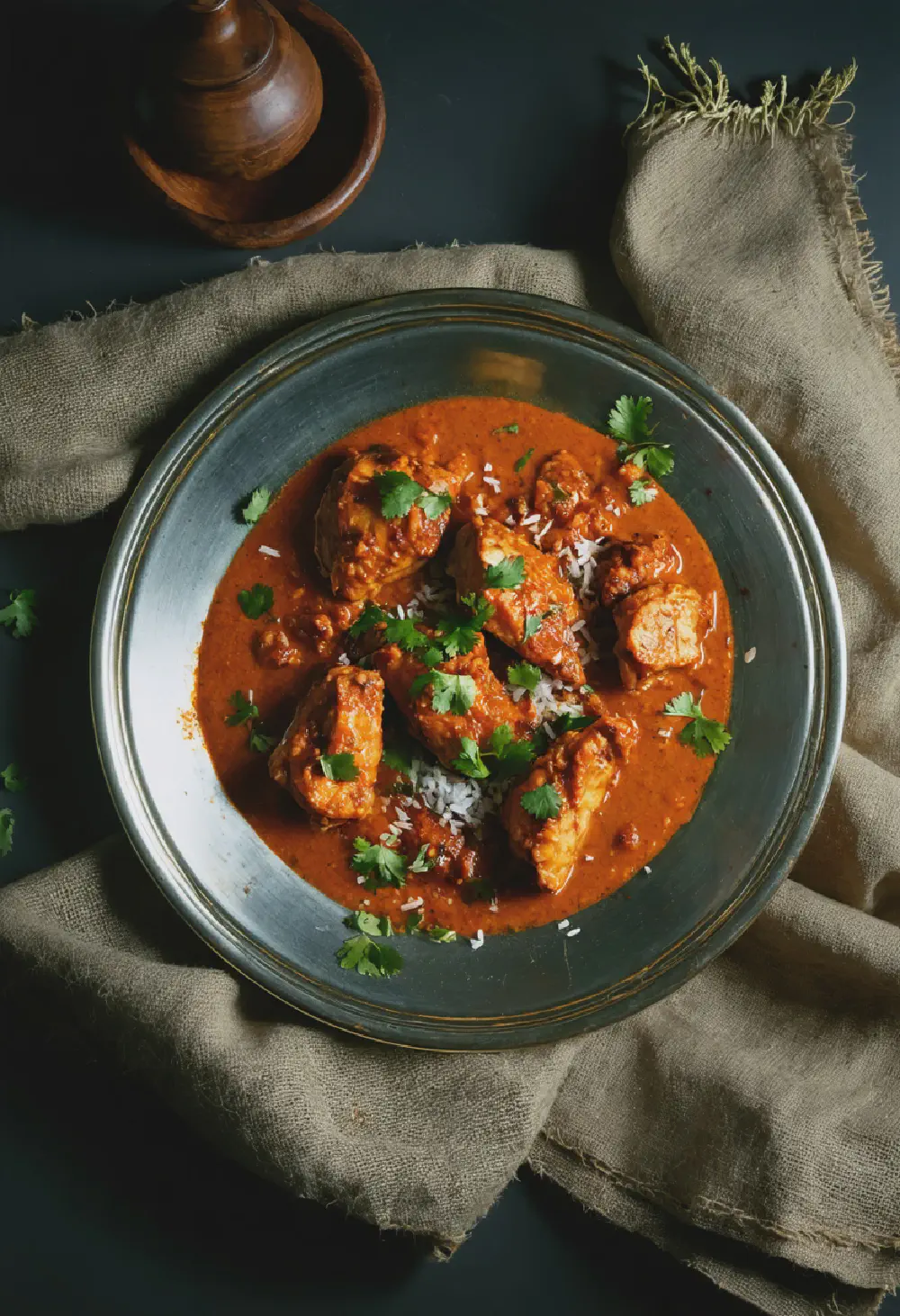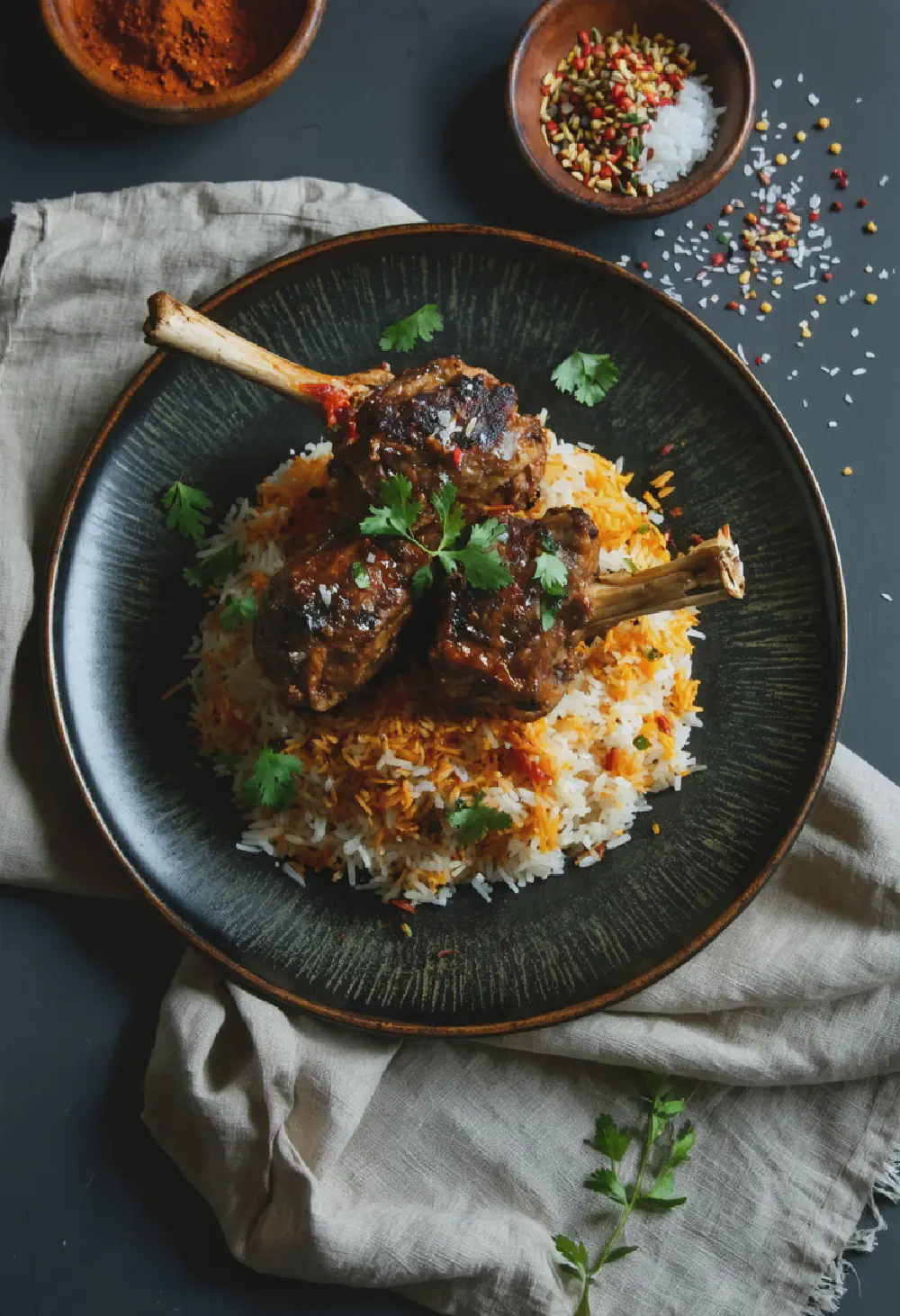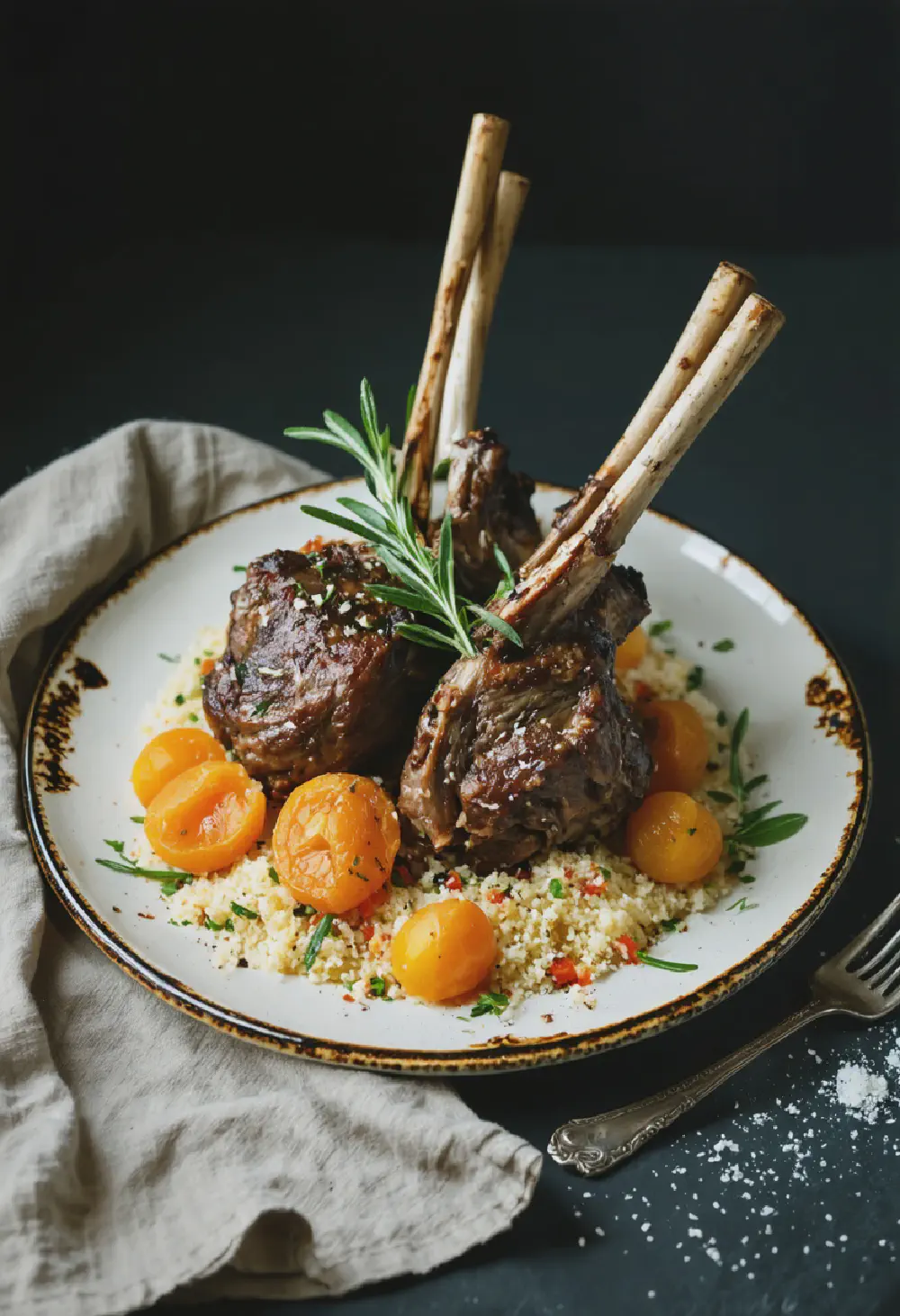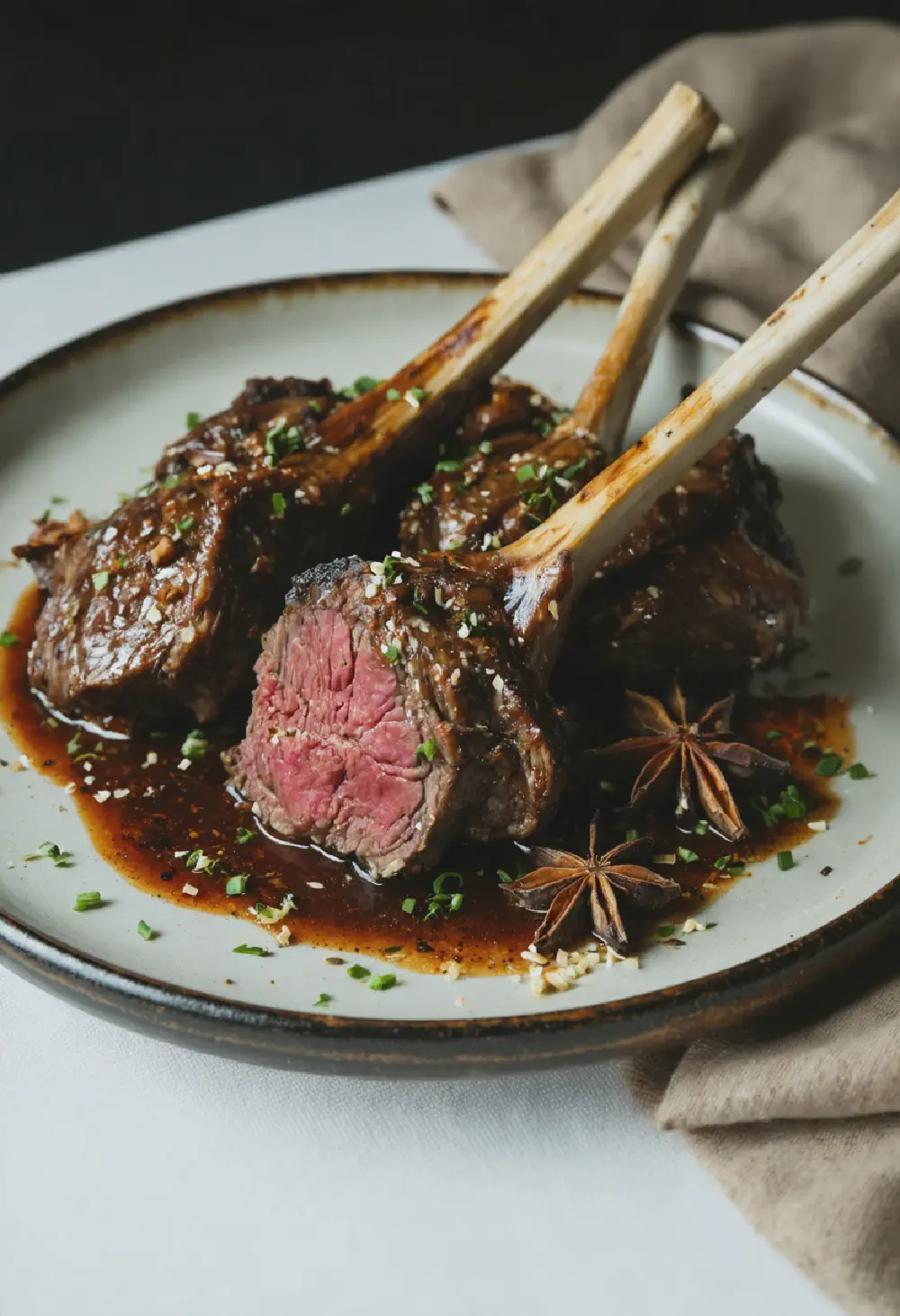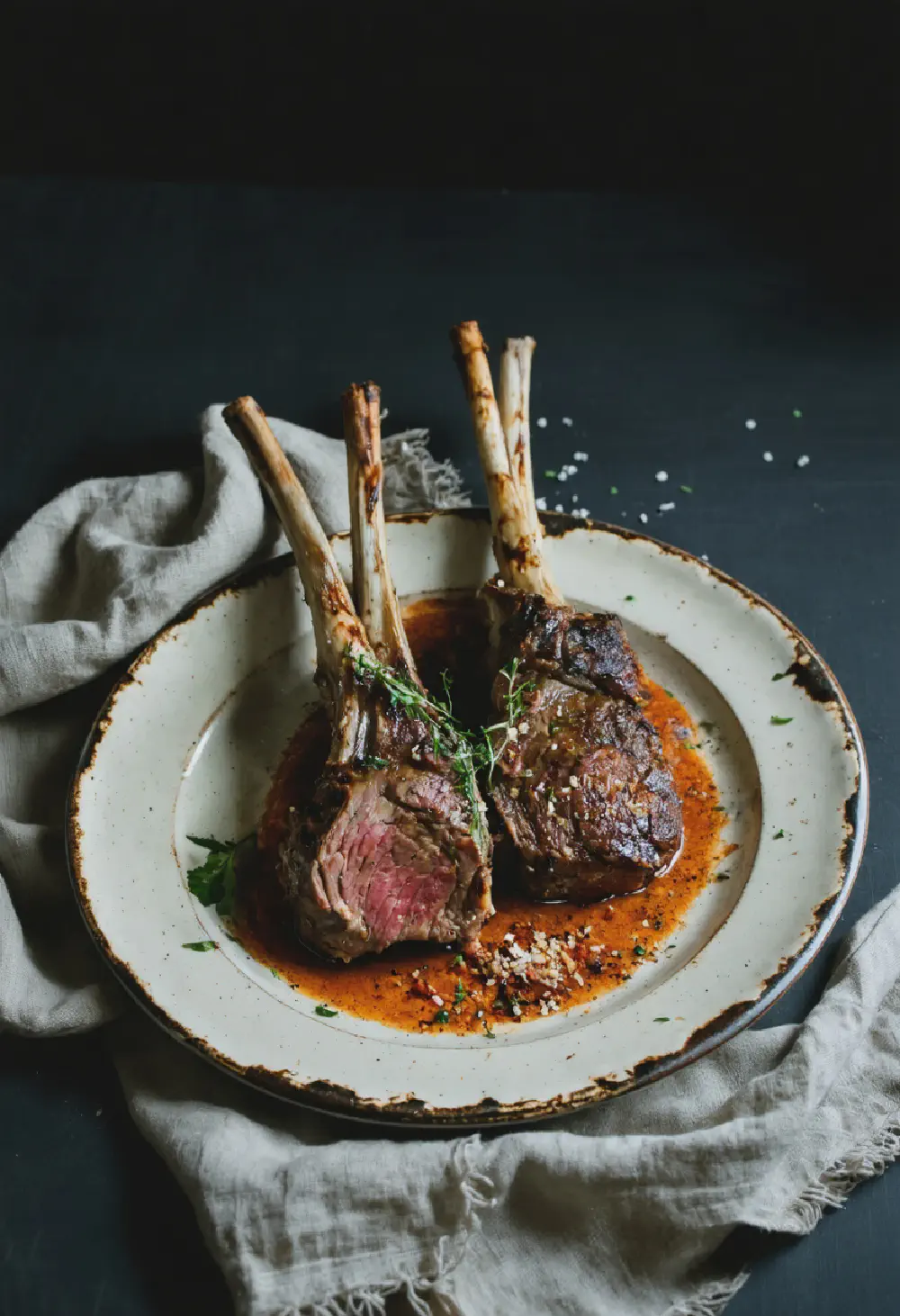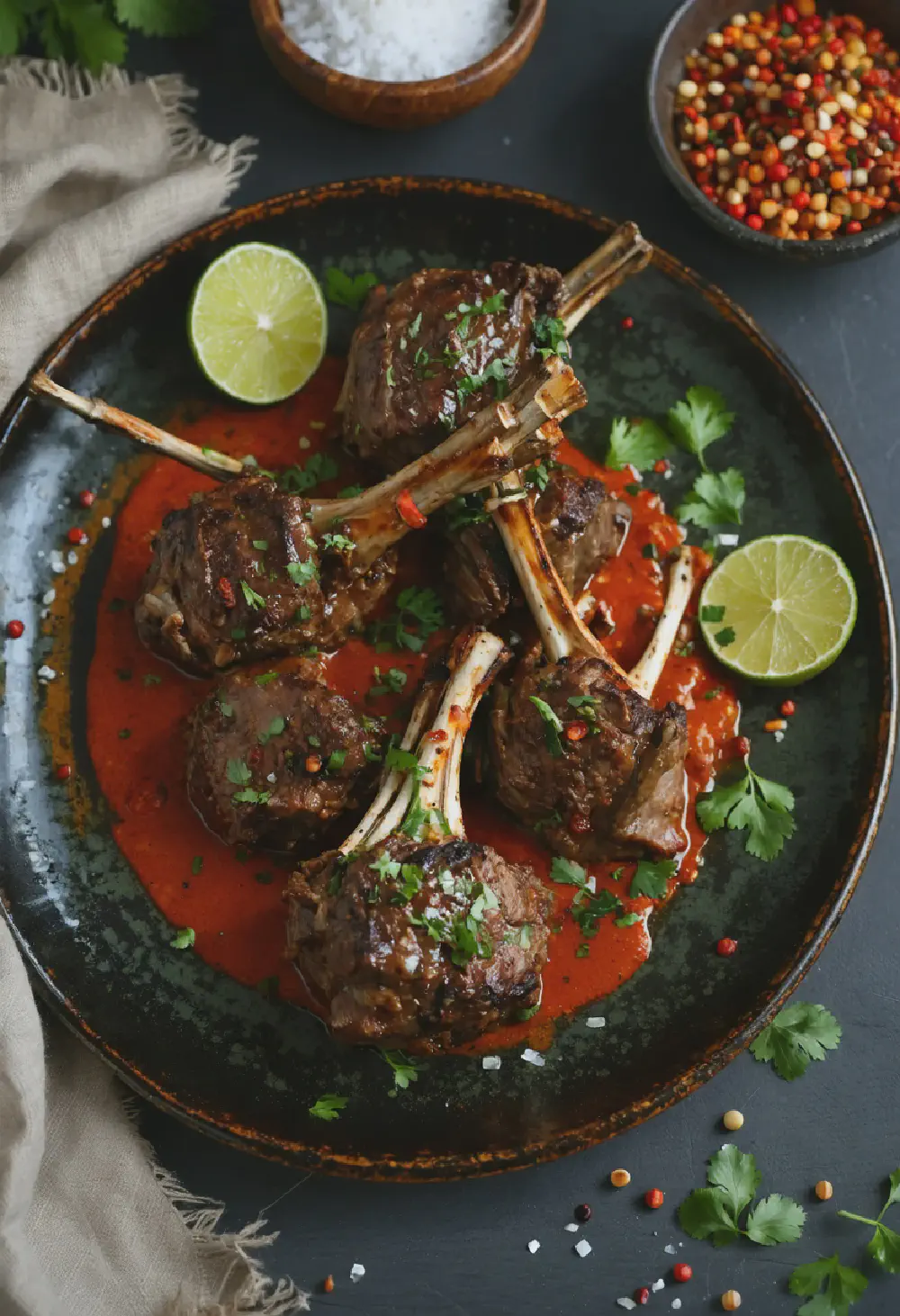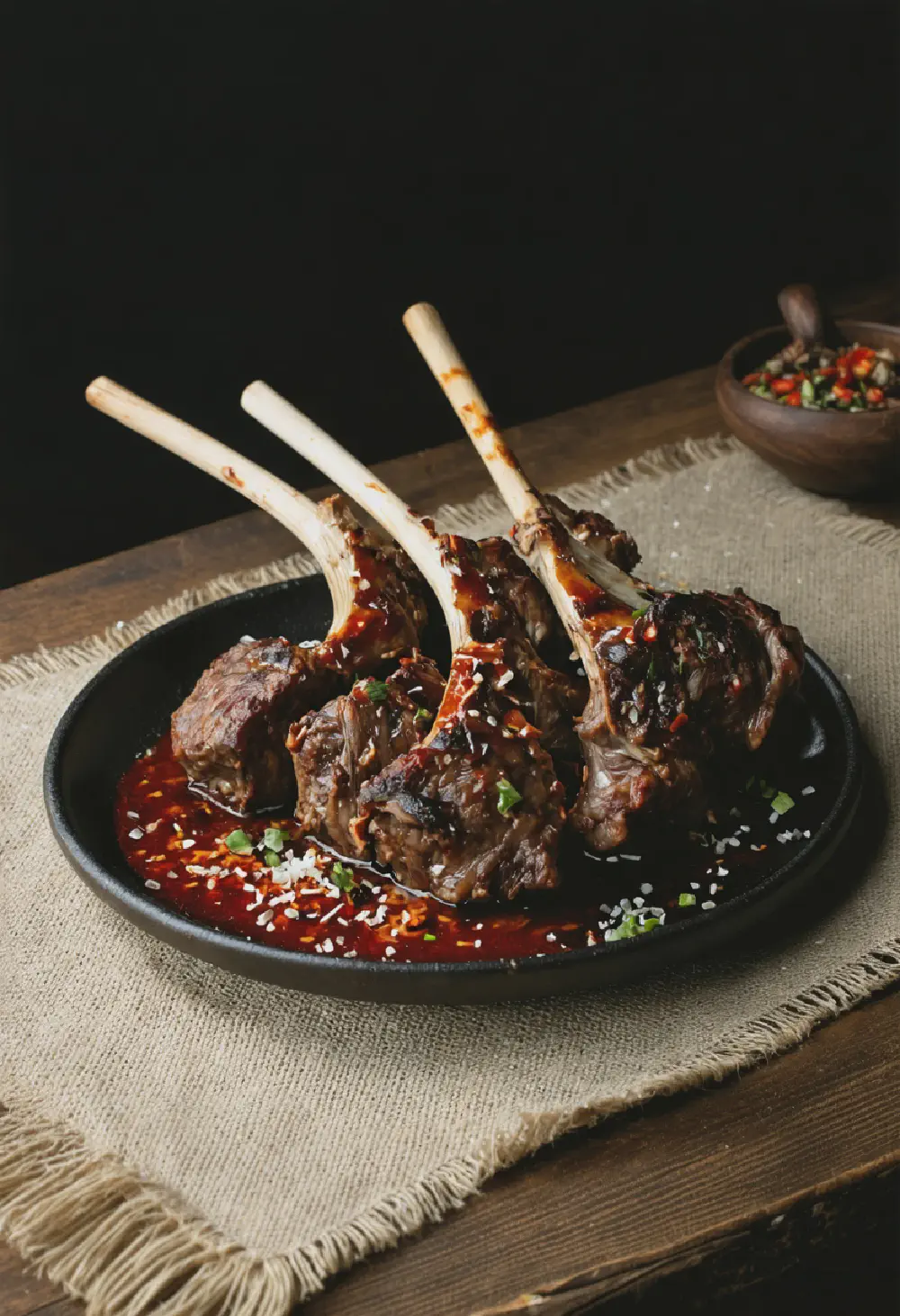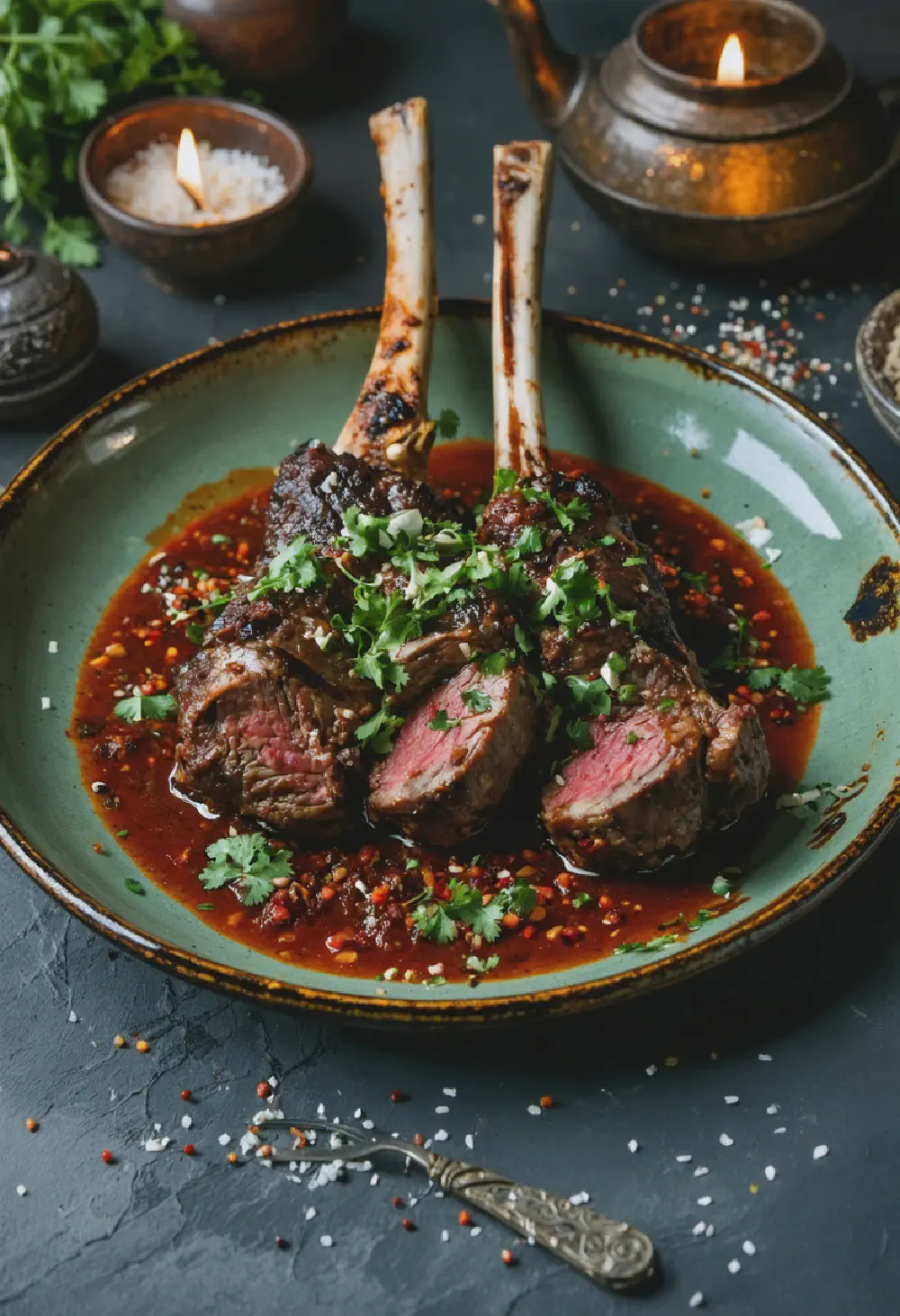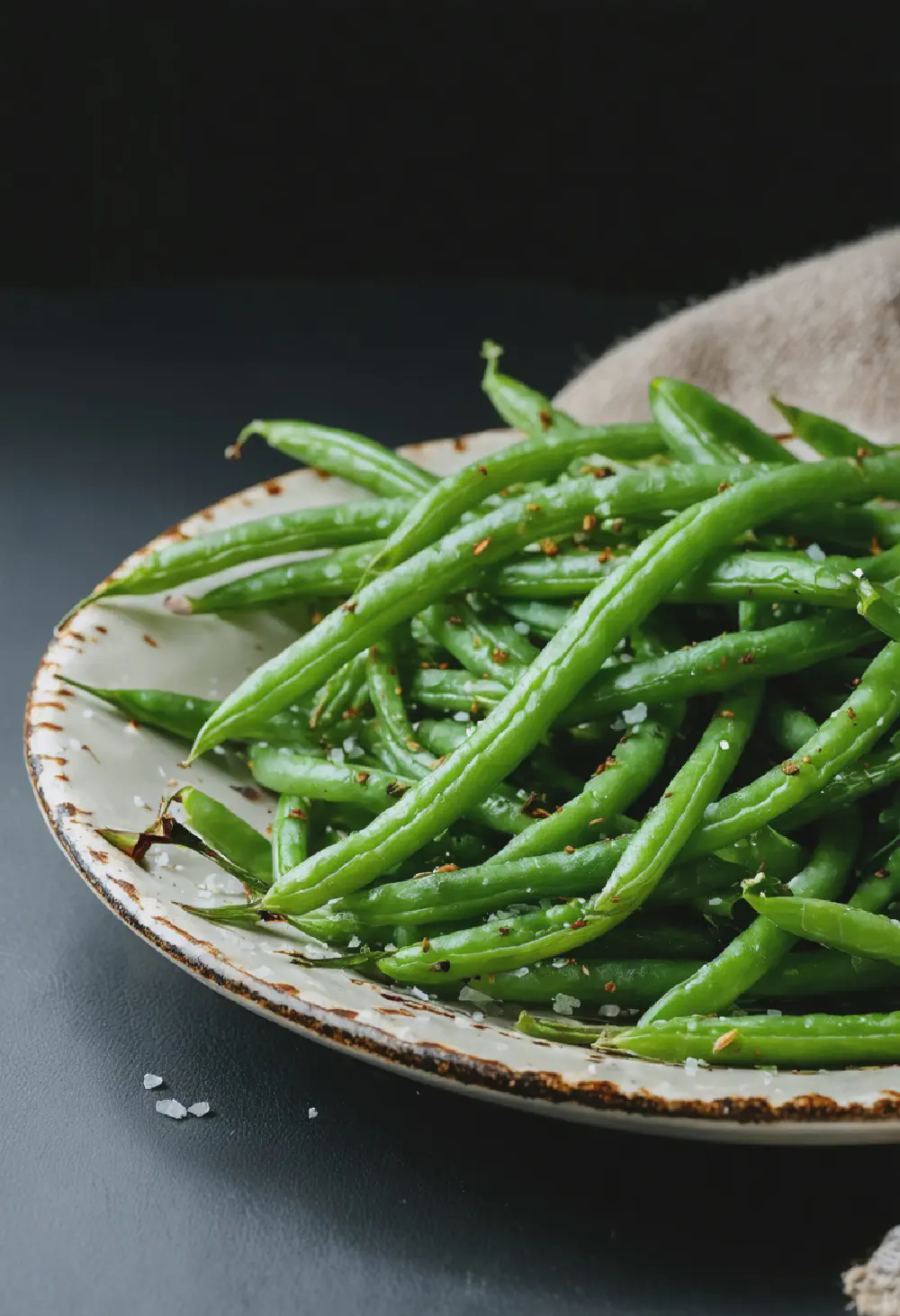Chicken Biryani
30M
1H and 30M
- Makes 6
- 2 cups basmati rice
- 1 kg chicken, cut into pieces
- 3 onions, thinly sliced
- 2 tomatoes, chopped
- 1 cup yogurt
- 4 cloves garlic, minced
- 1 inch ginger, grated
- 4 green chilies, slit
- 1/2 cup fresh mint leaves
- 1/2 cup fresh coriander leaves
- 1 tsp turmeric powder
- 1 tsp red chili powder
- 2 tsp garam masala
- 1 tsp cumin seeds
- 4 cardamom pods
- 4 cloves
- 1 cinnamon stick
- 1 bay leaf
- 1/2 cup ghee or vegetable oil
- Salt to taste
- Saffron strands soaked in 1/4 cup warm milk
- 2 cups water
- Wash the basmati rice and soak it in water for 30 minutes. Drain and set aside.
- In a large pot, heat the ghee or oil over medium heat. Add the cumin seeds, cardamom pods, cloves, cinnamon stick, and bay leaf. Sauté until the spices release their aroma.
- Add the sliced onions and fry until golden brown. Remove half of the onions and set aside for garnishing.
- Add the ginger, garlic, and green chilies to the pot. Sauté for a minute.
- Add the chopped tomatoes and cook until they are soft.
- Stir in the turmeric powder, red chili powder, and half of the garam masala. Cook for a minute.
- Add the chicken pieces and yogurt. Mix well to coat the chicken with the spices. Cook for about 10 minutes.
- In a separate pot, bring 2 cups of water to a boil. Add the soaked and drained rice, along with salt. Cook until the rice is 70% done. Drain the rice.
- Layer the partially cooked rice over the chicken mixture in the pot. Sprinkle the remaining garam masala, mint leaves, and coriander leaves over the rice.
- Drizzle the saffron milk over the rice. Cover the pot with a tight-fitting lid and cook on low heat for about 30 minutes, or until the rice is fully cooked and the flavors have melded together.
- Once done, gently fluff the biryani with a fork. Garnish with the reserved fried onions before serving.
Chicken Biryani: A Flavorful Journey Through Indian Cuisine
History
Chicken Biryani, a beloved dish in Indian cuisine, has a rich history that dates back centuries. Originating in the royal kitchens of the Mughal Empire, this dish was initially prepared for the nobility. The word “biryani” is derived from the Persian word “birian,” which means “fried before cooking.” Over time, Chicken Biryani spread across the Indian subcontinent, with each region adding its unique twist to the recipe. Today, it remains a staple at celebrations and family gatherings, cherished for its deep flavors and aromatic spices.
Taste Profile
The taste profile of Chicken Biryani is a harmonious blend of spices and savory elements. The dish is characterized by its fragrant basmati rice, which is cooked with a mix of spices such as cumin, cardamom, cinnamon, and cloves. The tender pieces of chicken are marinated in yogurt and a blend of spices, including turmeric, coriander, and garam masala, which infuse the meat with a rich, complex flavor. The result is a dish that is mildly spicy, with layers of taste that include hints of sweetness from caramelized onions and a subtle tang from the yogurt marinade. Each bite of Chicken Biryani offers a delightful explosion of flavors, making it a favorite among food enthusiasts.
Cultural Significance
In Indian cuisine, Chicken Biryani holds a special place due to its cultural significance. It is often prepared during festivals, weddings, and other special occasions, symbolizing hospitality and celebration. The dish is a testament to the culinary diversity of India, as different regions have their own versions, such as the Hyderabadi Biryani, Kolkata Biryani, and Lucknowi Biryani, each with unique ingredients and cooking methods. Chicken Biryani not only brings people together but also serves as a bridge between different cultures, showcasing the rich tapestry of Indian culinary heritage. Whether enjoyed at home or in a restaurant, Chicken Biryani continues to be a beloved dish that embodies the essence of Indian cuisine.



